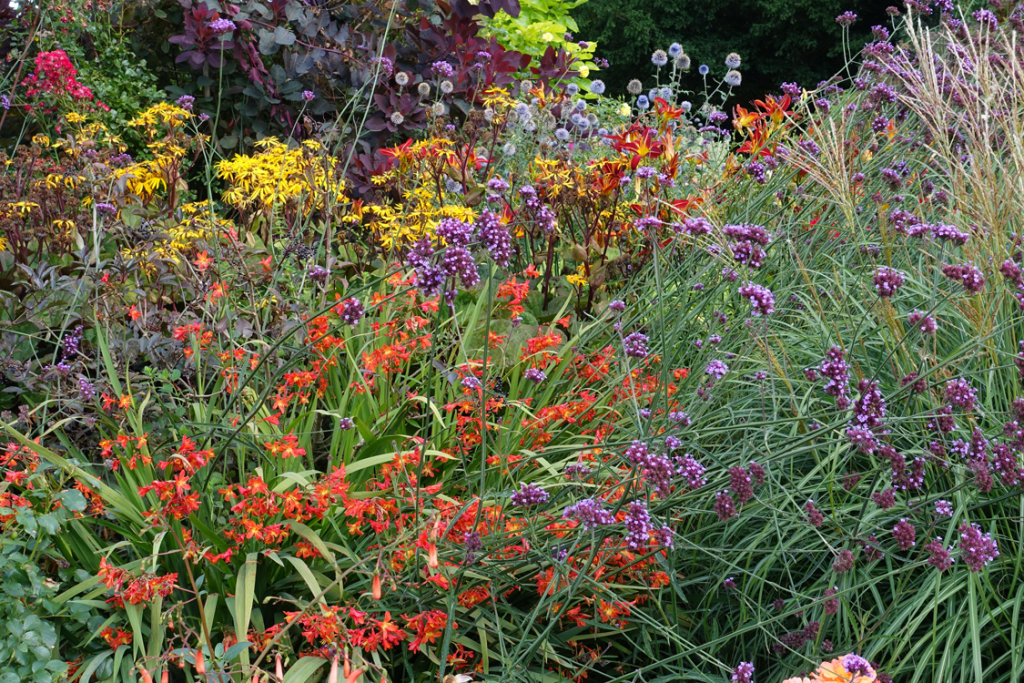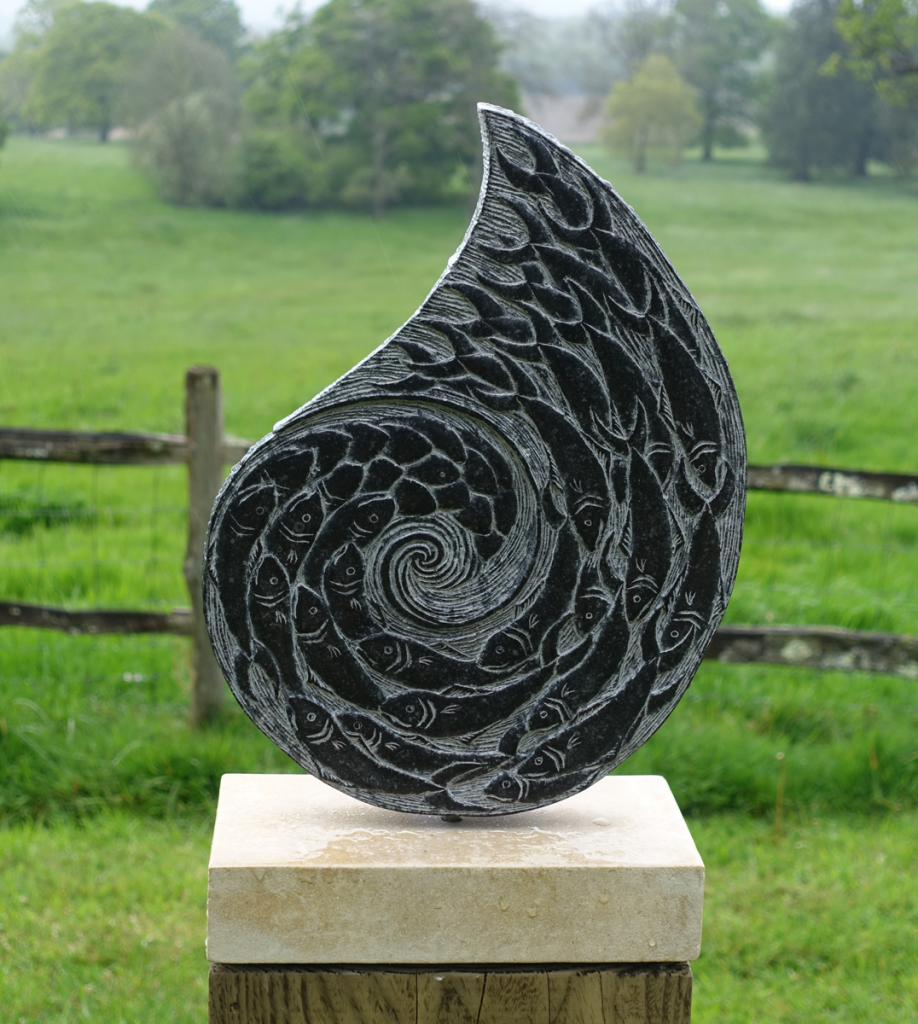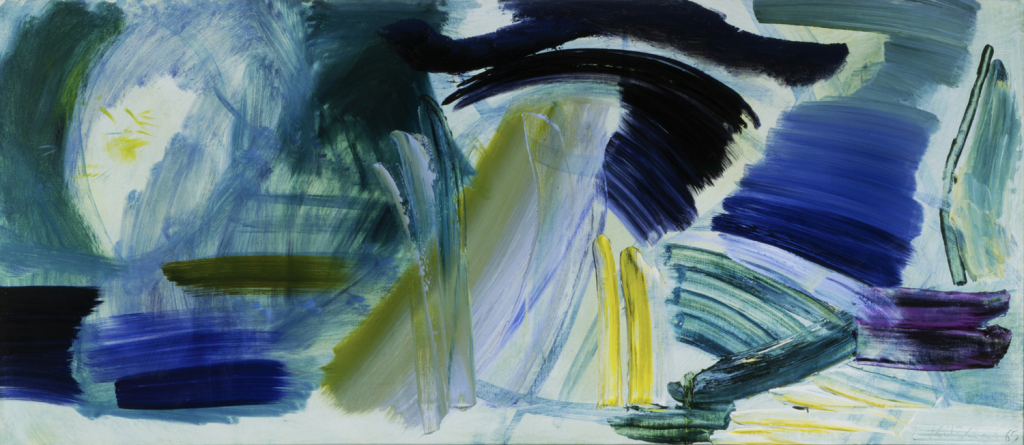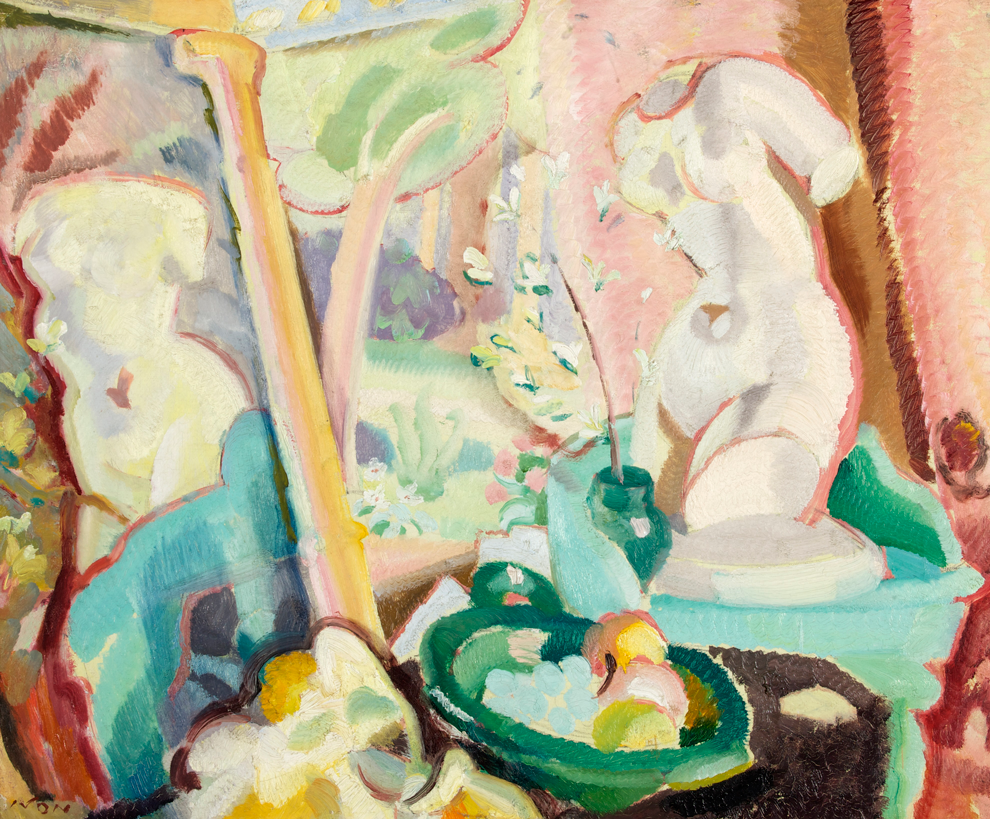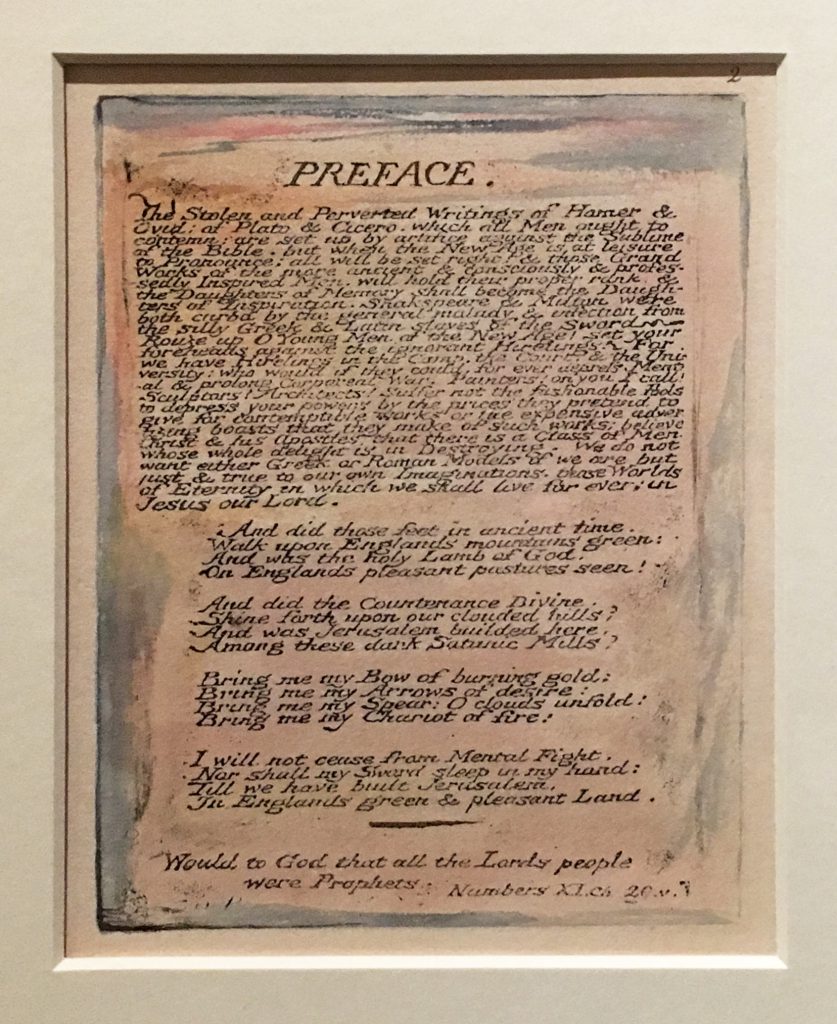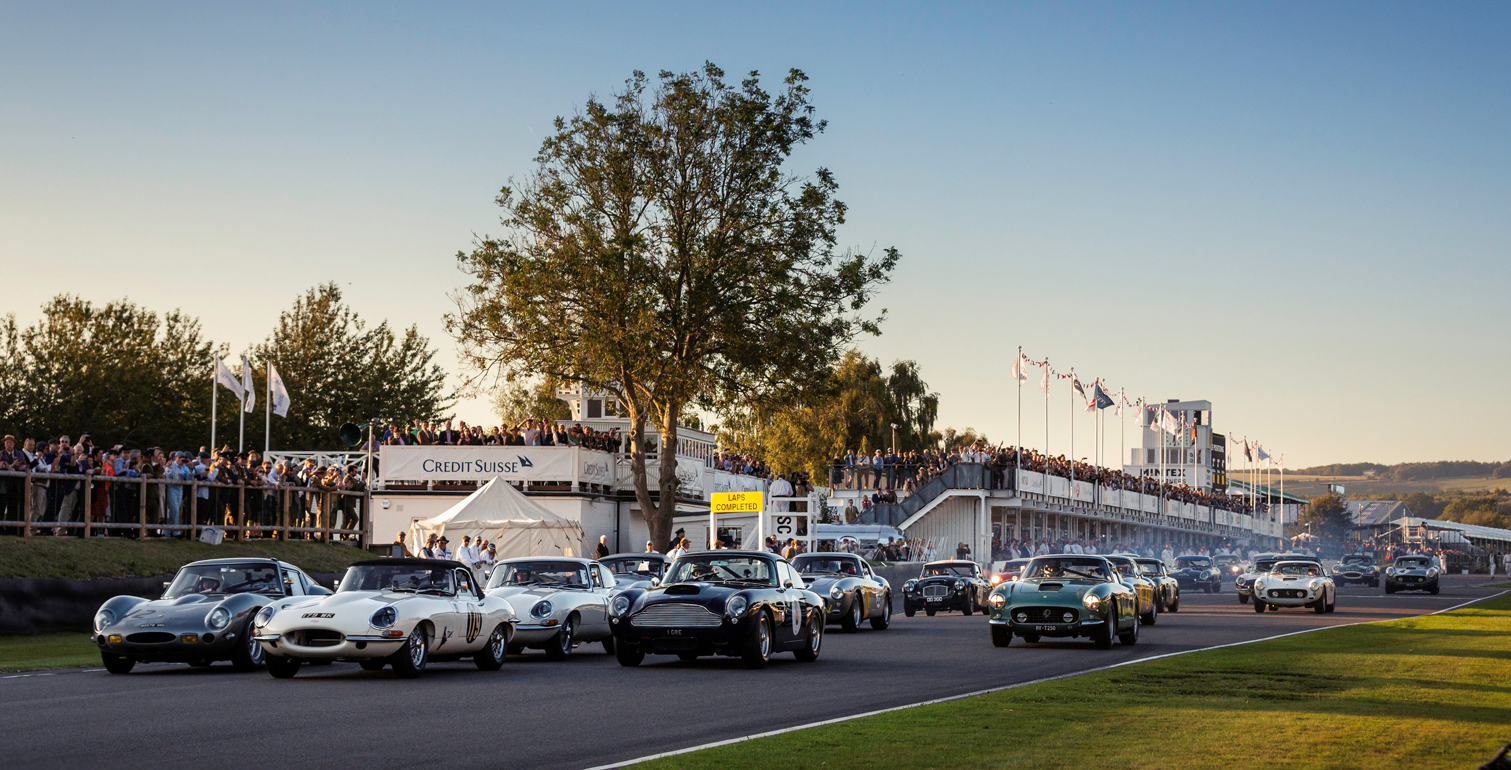
I am really excited, I’ve just booked my tickets for the 2020 Goodwood motor racing season 78th GRRC Members’ Meeting, Festival of Speed and Revival. Goodwood’s quintessential British motorsport events celebrate not only the best of historic racing but also the cutting edge and contemporary in the automotive world. It’s a winning combination here in heart of Sussex.
For me the highlight of this year’s Goodwood Revival was the Kinrara Trophy for pre-1963 GT cars with closed-cockpits. Dubbed ‘the most expensive motor race in the world’ the line up on the grid included Ferrari 250 GTs Aston Martin DB4s, AC Cobras and Austin-Healeys promising some very special racing.
The race lasts an hour. As dusk approached the first race of the 2019 Revival got underway. By the time the leading cars had reached Fordwater on the opening lap the Ferrari 250 GT of Andrew Smith and Gary Pearson was being closely followed by the navy blue Aston Martin DB4GT driven by Darren Turner and Simon Hadfield. The racing was close and the pit-lane siren wailed as the cars came in for their compulsory pit-stop and to change drivers. As the race progressed the safety car joined the track after Jack Young went off in his Jaguar E-type. The safety car came in with just 10 laps to go with the leaders closely bunched up. The sun began to set as the drivers battled towards the finish their headlights blazing. It was Pearson and Smith’s Ferrari which took the trophy setting a new Kinrara Trophy lap record of 1 minute 28.825 seconds. They were closely pursued by Turner and Hadfield’s Aston Martin DB4GT in second place as they had been from the beginning.
This evocative race captured the spirit and excitement of the Goodwood Revival bringing together the marques which raced there back in the 1950s and 1960s.
The Sussex historic racing season will open with the 78th GRRC Member’s Meeting on the weekend of 28th and 29th March 2020. The spring Members’ Meeting is a celebration of motor racing exclusively for members of the Goodwood Road Racing Club (GRRC), and the ever growing GRRC Fellowship. It has its own unique atmosphere. This member only event allows enthusiasts, drivers and the car owners to mingle in the paddocks.
The 2019 Festival of Speed saw the UK launch of the much anticipated new Land Rover Defender alongside a spectacular celebration of Aston Martin 70 years after they first raced at Goodwood in 1949 and 60 years after their triumph in the 1959 World Sports Car Championship. The 2020 Festival of Speed will be held from 9th – 12th July.
September’s Goodwood Revival has a unique and special quality with the atmosphere of a motorsport party with vintage outfits, cars and racing. The 2020 event will be held from the 11th – 13th September.
To find out more about the benefits of membership of the GRRC and GRRC
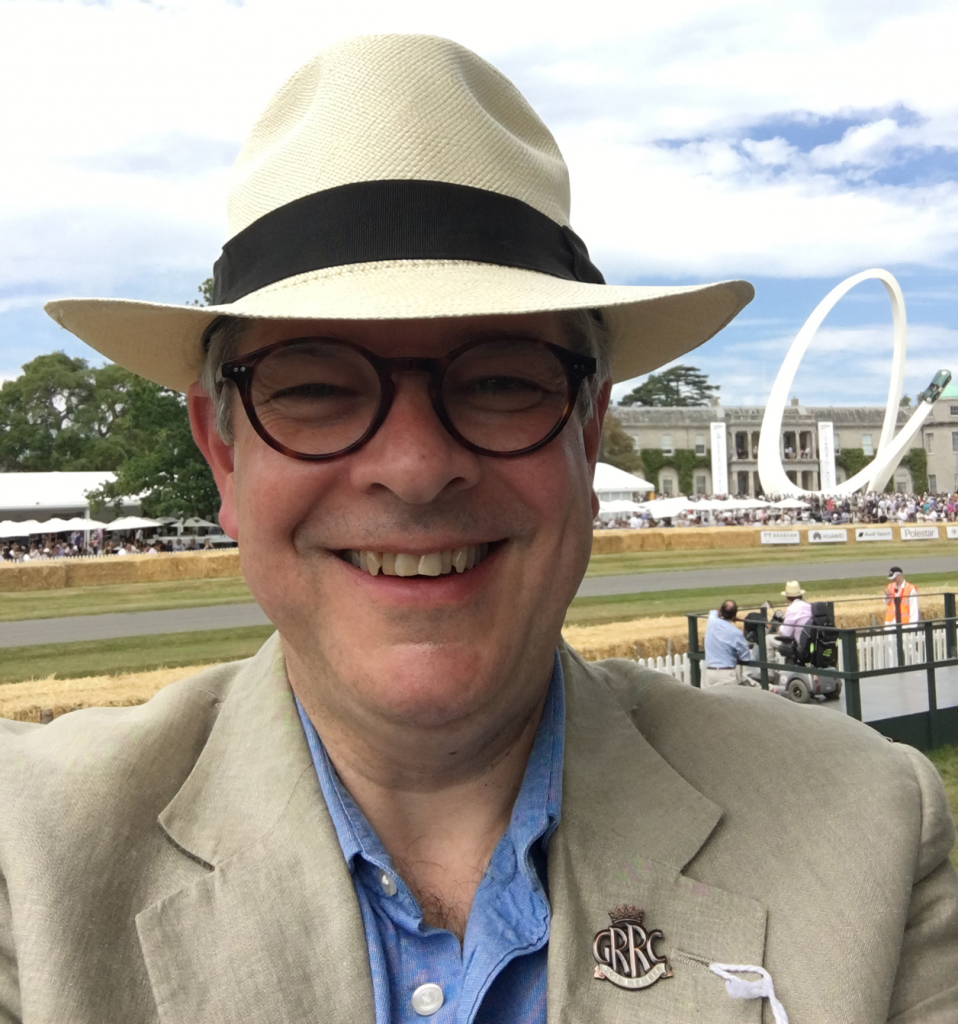
Fellowship, how to join, as well news about this year’s Festival of Speed, Goodwood Revival, and to book tickets go to www.goodwood.com/sports/motorsport. Tickets for the Goodwood motoring season sell as fast as a speeding Aston Martin so be quick off the start and be sure to get yours!
By Rupert Toovey, a senior director of Toovey’s, the leading fine art auction house in West Sussex, based on the A24 at Washington. Originally published in the West Sussex Gazette.
